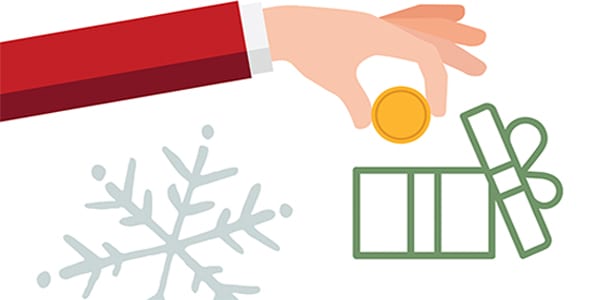 This has been a bad year for natural disasters. In fact, 2017 is tied with 2011 for the most billion-dollar disasters. [1] Without even counting Hurricanes Harvey, Irma and Maria, or the California fires, the U.S. has sustained 218-plus weather and climate disasters since 1980, totaling more than $1.2 trillion in recovery costs. When coupled with horrific events like what took place recently in Las Vegas, New York, Texas, and other cities, we should all be thankful for the many first responders, non-profit organizations, companies, and individuals who mobilized instantly – volunteering time and donating money – to help millions of people and communities respond, rebuild and restore livelihoods.
This has been a bad year for natural disasters. In fact, 2017 is tied with 2011 for the most billion-dollar disasters. [1] Without even counting Hurricanes Harvey, Irma and Maria, or the California fires, the U.S. has sustained 218-plus weather and climate disasters since 1980, totaling more than $1.2 trillion in recovery costs. When coupled with horrific events like what took place recently in Las Vegas, New York, Texas, and other cities, we should all be thankful for the many first responders, non-profit organizations, companies, and individuals who mobilized instantly – volunteering time and donating money – to help millions of people and communities respond, rebuild and restore livelihoods.
Traditionally, one-third of all charitable donations are made at the end of the year.[2] With the holidays approaching after a string of massive natural disasters, Ketchum Purpose was concerned that Americans may be tapped out in terms of giving, so we commissioned a new survey to see if Americans were still willing to support disaster relief and recovery as they begin their holiday shopping.
Thankfully, 40 percent of Americans surveyed plan to donate to disaster relief this holiday season, while another 32 percent have not ruled it out; and nearly half of consumers said they are more likely to buy holiday gifts from companies that support disaster preparedness and relief.
This is good news for people in need. It is also a testament to the generosity of the companies and NGOs that rallied to support this need. To help organizations continue an intentional strategy that engages customers and donors, but is sensitive to “donor fatigue,” Ketchum Purpose developed these 5 strategies:
1. Lead with Impact: Individual donors may feel their donation is insignificant. Companies and NGOs know this could not be further from the truth, so it is critical to acknowledge that people’s support is an “investment” choice, and then show clearly how their support is making a direct impact.
2. Amp Up Social: Communicate your story far and wide but make sure you use the same voice and call to action. To reach younger audiences, use social media (nearly a quarter plan to donate through social channels this holiday) and consider building in ways for them to engage – outside of donations. Our research found that millennials are very well-intentioned but also strapped for cash. If you want to create a long-term relationship, respect where they are in life.
3. Use Data: Take the time to understand your audience, what they care about and why they are engaging with you. Gathering this information may be challenging but, once you have it, your ability to tailor your message and create a longer-term relationship with them will be much easier.
4. Make it Simple: Everyone is short on time; don’t ask people to take more than one action to engage. The research showed that point of sale was the most popular way for consumers to donate. If that isn’t an option, think about cause-related marketing opportunities that allows consumers to buy goods or services where a percent goes to charity.
5. Think “Locational”: Local and national organizations have equally important roles in disaster preparedness, relief and recovery. The research showed that Americans are equally supportive of local and national charities. Therefore, do your due diligence and put partnerships in place that can cover all of your needs (local and national) well ahead of time.
No one can predict the future, but experts agree that we are moving into a period where our ability to effectively prepare for, and respond to, natural and man-made disasters will face increasing stress. If we do in fact head into this uncharted territory, it is all the more important that governments, private sector, civil society (NGOs), and individuals work together in measured and thoughtful ways to optimize the finite resources we have.
To view the Disaster Relief Holiday Giving infographic or learn more about Ketchum Purpose, visit www.ketchum.com/ketchum-purpose.
[1] National Centers for Environmental Information
[2] https://www.charitynavigator.org



